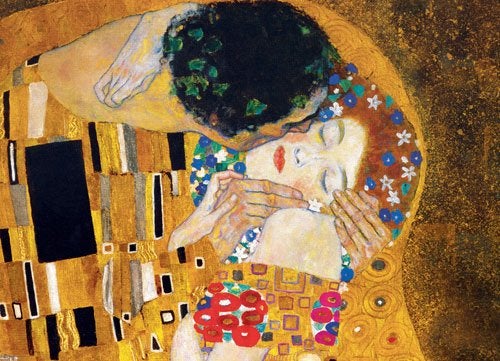Pleasure, the immediate reward, is an invention of the devil, a universal invention. What is the center of the biological universe? The center of the biological universe is formed by pleasure, reward and avoidance of injury and pain, it is an idea engraved with iron and fire in the depths of all living beings that populate our beloved planet Earth, this idea began to work from the beginning of life itself.
It is a diabolical idea because every living being is born with the ingredient, the engine, the energy to move towards everything that makes you happy, grateful and well-being. Food, drink, sex, play, sleep, escape the heat and cold.
- All the success of these behaviors is rewarded with pleasure.
- We are programmed to seek you and avoid suffering.
Pleasure is a feeling we seek; we want to feel it consciously and, if possible, take it with us. For many, the idea of pleasure that could arise from this block bitten in paradise. However, it does not appear to have begun with the temptation of a demon. If so, it would have arisen from the challenge to darkness and the uncertain, or from the violation of established circumstances.
There is no living being whose life does not revolve around its survival, both individual and species, means eating, drinking and reproducing. These behaviors are carried out according to the idea of reward and pleasure.
For many, the idea of pleasure may arise from the poison represented by Adam and Eve apple.
No living being, however primitive, eats without hunger or drinks without thirst, is neither rewarding nor pleasant. This is only done if you are hungry or thirsty. The same goes for sexual activity. Pleasure is the idea printed with iron and fire on the body of every living being, first printed in the cell. In brainless multicellular beings, this happens later. Finally, in the brains of humans.
What or who had this brilliant idea of fun?Who thought of this genius? No one knows very well. In any case, it seems obvious that the biological world, our only world indeed, has revolved and will revolve around this central idea.
The brain is like a chest that jealously guards the sacred codes that drive us to perform pleasure and reward behaviors, un written codes, materialized by neural connections, electrical potentials and neurotransmitters.
Why doesn’t a mouse give up the activation of a lever with which it electrically stimulates certain parts of its brain?Are there parts of the brain that artificially activate and produce pleasure?The answer to these questions is yes. A resounding yes. An animal presses a lever to stimulate its brain with electrical impulses, because this activates the pleasure circuits of the brain.
The brain is like a chest that jealously guards the sacred codes that drive us to perform pleasure and reward behaviors.
It is not necessary to give such an experimental example, a good meal or an orgasm also stimulates these brain circuits, surprisingly, the reward obtained by artificial electrical stimuli, compared to that obtained by natural reinforcements, is not satisfied. tighten the lever, without fatigue, to get your reward, your pleasure. Could we call it pure pleasure?The one you get with these artificial stimuli?
It seems that the organization uses pleasure as a measure or currency of change, according to this measure, the brain activates certain behaviors and not others, imagines that an animal has to choose between two or three important needs, in the face of this conflict, the Animal will probably choose the one that, after its satisfaction, will bring you more pleasure.
The surprising thing is that it usually coincides with what is most necessary, biologically speaking, for the body. Therefore, pleasure is said to “serve the needs of the body”.
In humans many other types of pleasure develop, pleasure has a range of complex mental and behavioral records that not only cover the physical process, but also involve another aesthetic arc ranging from anticipation to contemplation, pleasures, these, truly human. Pleasures for those called another component what we call knowledge, abstraction, ideals, etc.
These pleasures evoke what we call beauty. Beauty can start with the word itself, oral or written, there are speakers who evoke feelings of well-being and pleasure when being heard, there are pages written with the power of enchantment and dreams, you can also feel it when you look at a painting, caress a beautiful sculpture with your hand or contemplate an incredible architectural work, we also come across this feeling by listening to a beautiful and beautiful symphony , and so we were able to continue with many other examples.
Pleasure has a range of very complex mental and behavioral recordings that not only cover the physical process.
The raw, destructive, anguish-filled pleasure comes with drugs, posing a final challenge to the very limits of human nature. Why are we addicted to this kind of pleasure when it’s so destructive?Why do we develop a heroin addiction and not eat apples, when both are rewarding?
The answer to these questions begins with this statement: the basic brain circuits of reward and pleasure are not specific, that is, they can be activated by both natural sensory stimuli and by all those artificial stimuli that have the ability to interact with chemical receptors. neurons.
This would explain why non-natural chemicals (exogenous drugs) can artificially activate pleasure circuits, and not only in the human brain, but in any other brainless animal or even without it, but this can become a double-edged sword. The good and the bad of the convite.
What do you think of that?There are probably differences at this point, or maybe the answer is yes in both cases. In any case, there is no one-of-a-kind truth.

